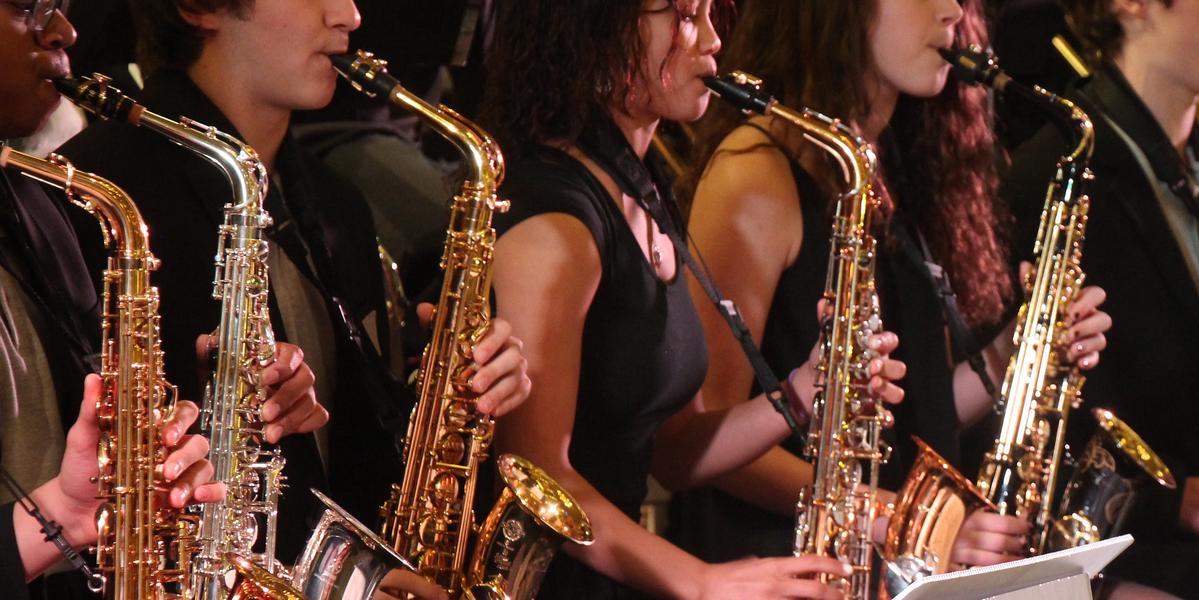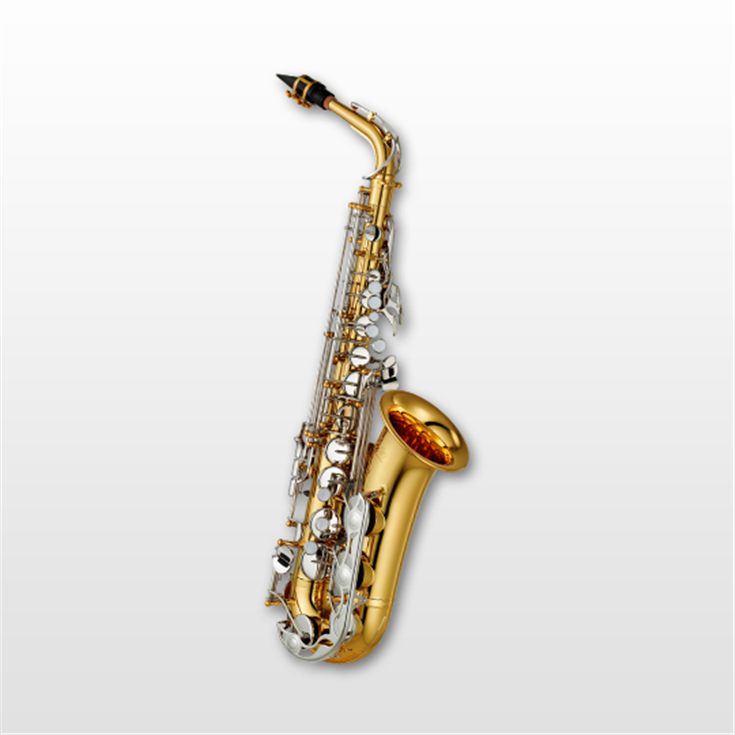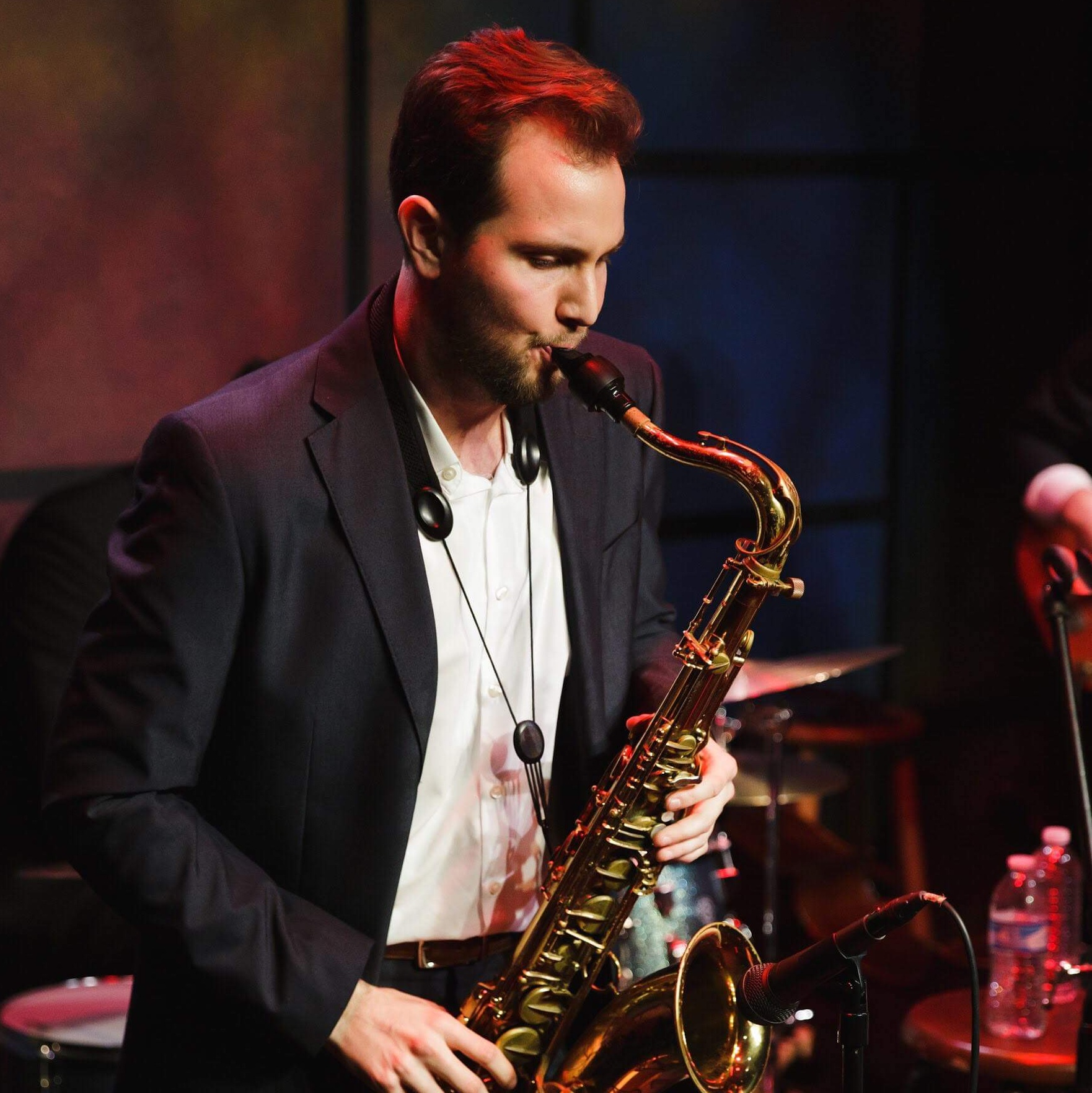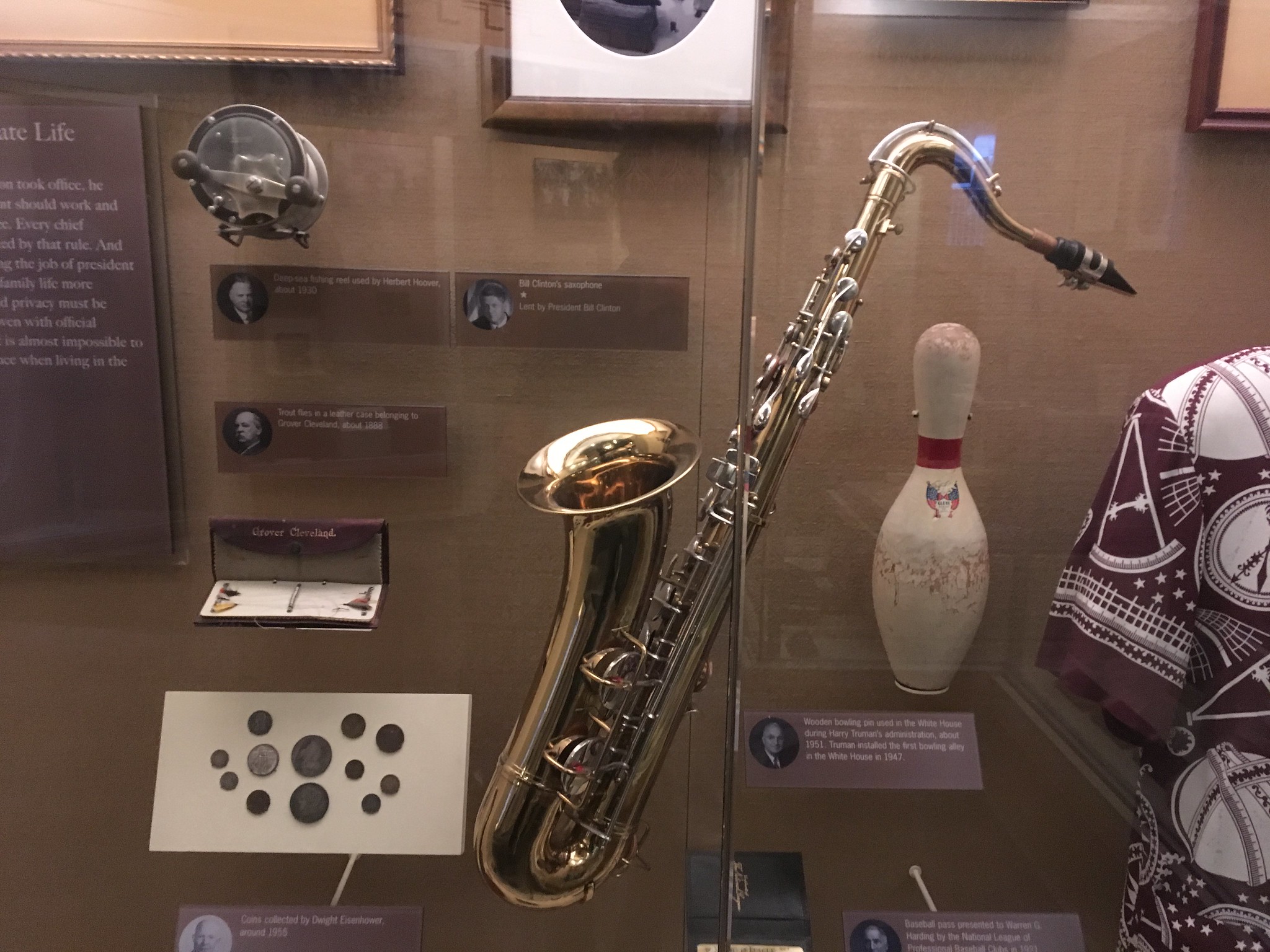Yamaha is a household name across the world; known for a huge array of different products, arguably their most successful and influential has been their student-level saxophone, the YAS-23.
If you were to go up to all of today’s most prominent saxophonists and ask them what their first sax was, I can guarantee that the Yamaha 23 would be the most common answer. The instrument has been so prolific, that I would argue that the only saxophone more popular and influential than it would be the Selmer Mark VI, a saxophone that was the choice sax for most of the biggest solo acts and session players since the 50’s.
In this article, we will be covering the YAS-23 and how it became such a massive success, as well as if the 23’s replacement, the YAS-26, would be the better choice for a new saxophonist or not.
But first, a little history on the Yamaha company.
Yamaha’s Origins
Founded 133 years ago in the year 1887 by Torakusa Yamaha, the Yamaha brand originally came about after Torakusa’s obsession with western technology and science combined with his love of tinkering. When able to successfully fix a school’s reed organ, he realized the great business opportunity an instrument brand could be as, at the time, there were no Japanese makers of Western instruments.
After decades of building up a reputation for quality organs and upright pianos, as well as multiple offshoot divisions spawning, they finally entered the wind instrument market in 1965. With years of research and development invested in the project, Yamaha finally debuted their first saxophone models the YAS/YTS-61 (Top Line Alto/Tenor) and the YAS/YTS-31 (Intermediate Model Alto/Tenor).
For reasons that have never been clear, their first student model was not released until 1971. This saxophone was called the YAS-21, and only lasted until 1979. These saxophones were the essential DNA that the 23 would take from and build off of when they hit the scene in 1980.
Enter the YAS-23.
YAS/YTS-23: Design
Features
- Neck Standard
- Neck Material Yellow Brass
- Bell Yellow Brass
- Key Buttons Polyester
- Finish Nickel-plating (keys); Clear baked epoxy lacquer (body)
- Tone Holes Drawn
- Auxiliary Keys Front F
- Mouthpiece Yamaha 4C
- Mouthpiece Cap Plastic
- Ligature Yellow brass; Clear lacquer
- Pad Type Waterproof leather and wool felt with plastic tone boosters
- Bell Decoration Stamped
- Thumb Hook Adjustable plastic
- Pivot Screw Straight-tapered, nylon lock, non head (adjustable)
- Mounting Post on body
YAS/YTS-23: Pros
With all of the features listed above, this saxophone is chock full of great things for beginning saxophonists. The Nickel-plating and relatively simple epoxy lacquer hold up exceedingly well to the rough handling that is typical with younger students (and even absent-minded high school students like I was). A solid build as well meant that the YAS/YTS-23 were like tanks, able to take sustained use.
The plastic adjustable thumb hook was a game-changer at the time as well, and still is used on practically every horn sold nowadays. This hook enabled players to customize the sax to their individual hand size while still helping to keep the price down in production. However, the best thing about the Yamaha-23 was the addition of computers into their design process.
These computers used programs that enabled the Yamaha company to find the most ideal placement for each key in order for intonation to be as close to perfect as was possible. This meant that they both mass-produce AND keep the quality of sound high at the same time, a feat that every saxophone brand typically had issues with.
Finally, these horns can be picked up for cheap! Formerly priced between $1500 and $2000, you can find a 23 in decent shape for anywhere from $400-$800 depending who and where you’re buying from.
YAS/YTS-23: Cons
The only real con that the 23 model had, was its tone quality. While every saxophone really should be tested before you buy it so that you can see just how good each individual instrument sounds (they vary in sound no matter the brand/model), Yamaha’s 23 is often regarded as not having the warmest sound.
As someone who has a YAS-23 for their backup alto, I unfortunately would have to agree. However, it is not nearly as bad as it might seem. While the 23’s are a bit brighter and less polished sounding than most professional horns, I still would never hesitate to use one on a gig.
23 VS. 26
Running from 1980 until 2012, the Yamaha-23 had a long, successful time in the spotlight. However, Yamaha felt that it was time for a change and replaced them with their relatively new YAS/YTS-26 model.
The new 26 is unchanged compared to the 23 with the exception of 2 things. First, they have changed the neck receiver to a design that can actually work with every other neck that they sell. This means that you could use a professional model neck from their lineup with the body of the 26, a very trendy ability today as using high-quality necks in order to squeeze out more performance out of your sax has taken the sax world by storm in the last decade.
The second notable change is the build location. Instead of being made in Japan like in the past, the 26 models are now all made in China. This varies from person to person, but most saxes made in china are typically regarded as not having the best quality control.
In Conclusion
Yamaha is a brand that has a long-standing reputation for quality, and both the YAS-23 and YAS-26 are fine examples of this lineage. Truly, either model would be perfect for anyone from a beginning student, to a pro looking for a back-up horn. However, if you are looking to save a bit of extra money, then go the YAS-23 route and just buy a used one.





